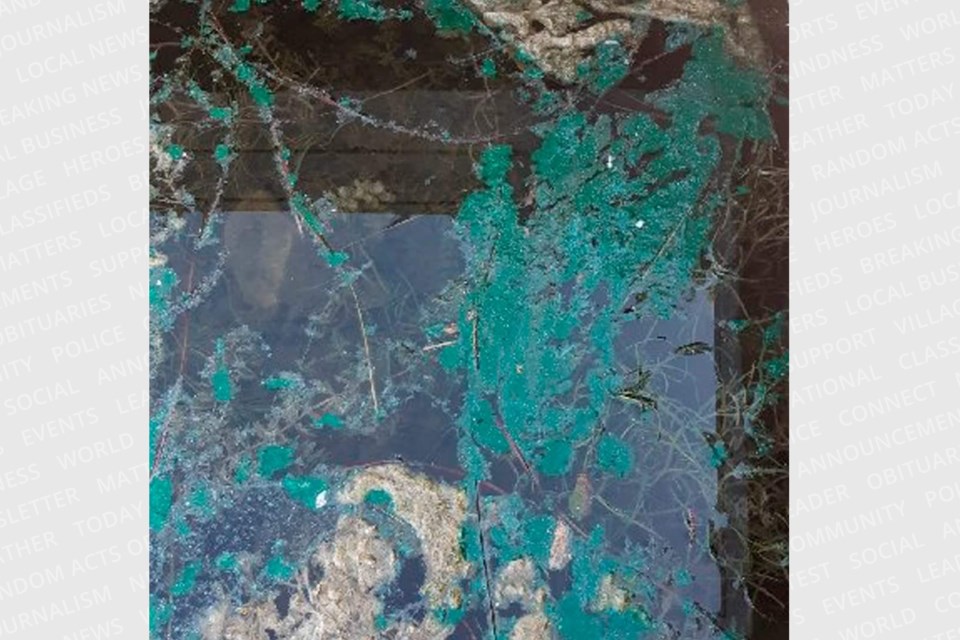Parts of Fairy Lake in Acton have shown blooms of blue-green algae (BGA), with Halton Region Public Health urging residents to be cautious and avoid contact with the harmful organisms.
According to the Region, blue-green algae can contain toxins that are harmful to humans and animals. Direct contact can cause skin irritation and itching, while swallowing it can lead to headaches, fever, diarrhea, abdominal pain, nausea and vomiting.
On Monday, Halton Public Health listed the beach at Fairy Lake as unsafe for swimming due to the presence of blue-green algae.
When BGA is present, the Region also advises that residents should:
- Keep pets out of the water
- Don't eat fish caught in the water
- Report it to Halton Public Health by calling 311.
"The concern is that sometimes these blue-green algae or cyanobacteria can include toxins that are harmful to humans and pets and livestock,” said Jason Morgenstern, resident doctor for Halton Public Health.
“It can be present in very small numbers. But what we're concerned about are these large numbers and they become visible."
A mix of factors can cause blooms to occur. Warm and/or stagnant water can increase in phosphorus and nitrogen levels, which can all lead to higher concentrations.
Large amounts of fecal matter from geese can also be a factor, but Morgenstern said he's not aware of this being the case anywhere in Halton.
Fairly Lake is a bit on the shallow side, meaning it doesn’t take much to warm it up. This may be a factor in why blooms occur in the local lake, typically on an annual basis.
“It's also a known wetland with a large amount of aquatic vegetation, which can sometimes encourage that development,” he added, while clarifying these factors do not necessarily increase blooms.
The Province of Ontario has a 12-point algae prevention strategy. Along with regulatory measures through law, the Province uses nutrient reduction, source protection and educating the public as means to protect water.
“There's not a risk unless we've posted it [on our website or through signage] or if you observe it, then obviously there's a potential risk,” Morgenstern said. “It can appear as a blue-green substance on the surface. Sometimes it has a slightly different look, like a turquoise or peach colour.”
